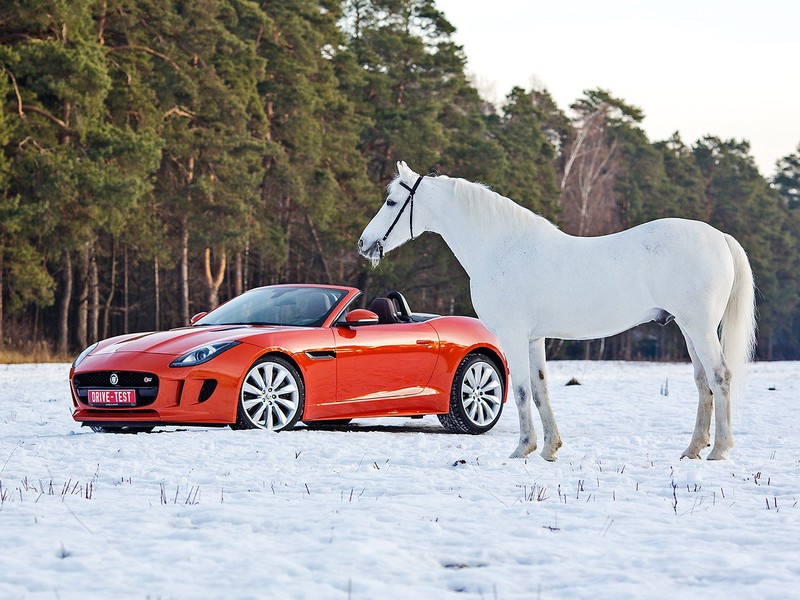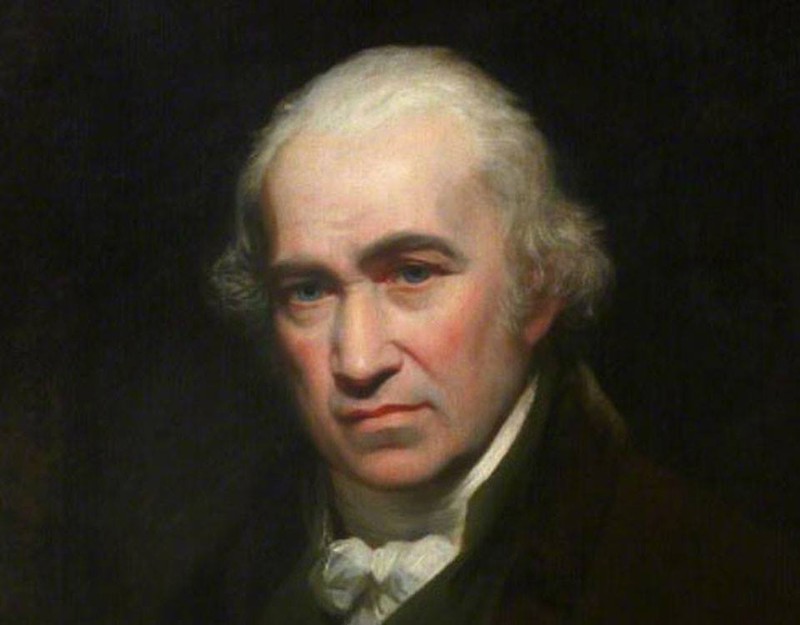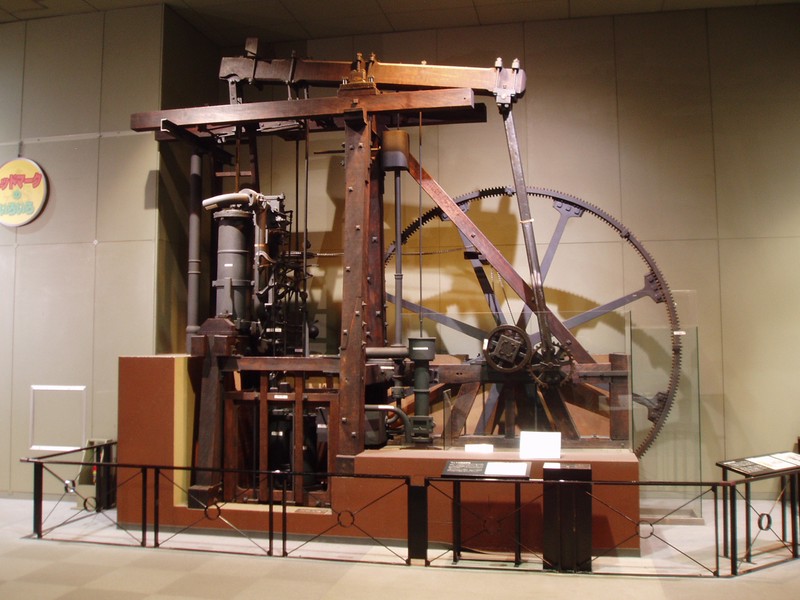
We measure the engine power in horsepower. But, in fact, horsepower has a weak correlation with the real indicators of horses.
"Horse performance - 1 horsepower". From the point of view of linguistics, this is so. But from the point of view of physics and technology - it has little to do with reality.
According to scientists from the University of Calgary, the maximum horsepower of a horse is actually 15 horsepower. And, on average, a healthy horse produces a little more than 10 horsepower.
On average, 1 horsepower is given out by an average healthy....male athlete.
Tour de France cyclists develop 1.2 horsepower in 15 seconds. Within a minute, this indicator is 0.9 horsepower. The average horse will give out at least 10 times more power.
Where did this error come from?

To understand the question, we need to turn to history. Where did the term "horsepower" come from in general.
For the first time, the term was coined by the Scottish engineer James Watt at the end of the XVIII century. He became famous for his very efficient steam engines.
In order to effectively advertise his products, he came up with a unit of measurement that clearly showed the advantage of the engine. The horse is a perfect example of that.
He conducted an experiment "by eye", recording that a horse rotates a mill wheel 144 times an hour. He also noticed that two horses are able to pull a 180 kg barrel out of the mine at a speed of about 3.6 km/h. From this, he calculated the power that horsepower is lifting a load weighing 76 kg at a speed of 1 meter per second. Now this is equal to a value of about 746 watts.
And so the unit that we now know as "horsepower" was born.

Watt didn't particularly care about the accuracy of the measurements. Rather, on the contrary, the ratio turned out to be favorable in his direction.
If he had declared that the power of his steam engine was like one or two horses, no one would have bought them. After all, they already had horses. And it's quite another thing when a steam engine with a capacity of 15-30 horsepower is sold!

Objectively, Watt had good steam engines. People bought, were satisfied, and no one wanted to delve into how much his calculations correspond to reality.
When we buy a CTP or the state calculates a transport tax on our car, the term "electric horsepower" is used. It is equal to 746 watts.
So, when your car produces a power of 100 horsepower, it does not mean that it is being driven by a "herd". It's just 7 very strong horses, or 10 average.
Comments